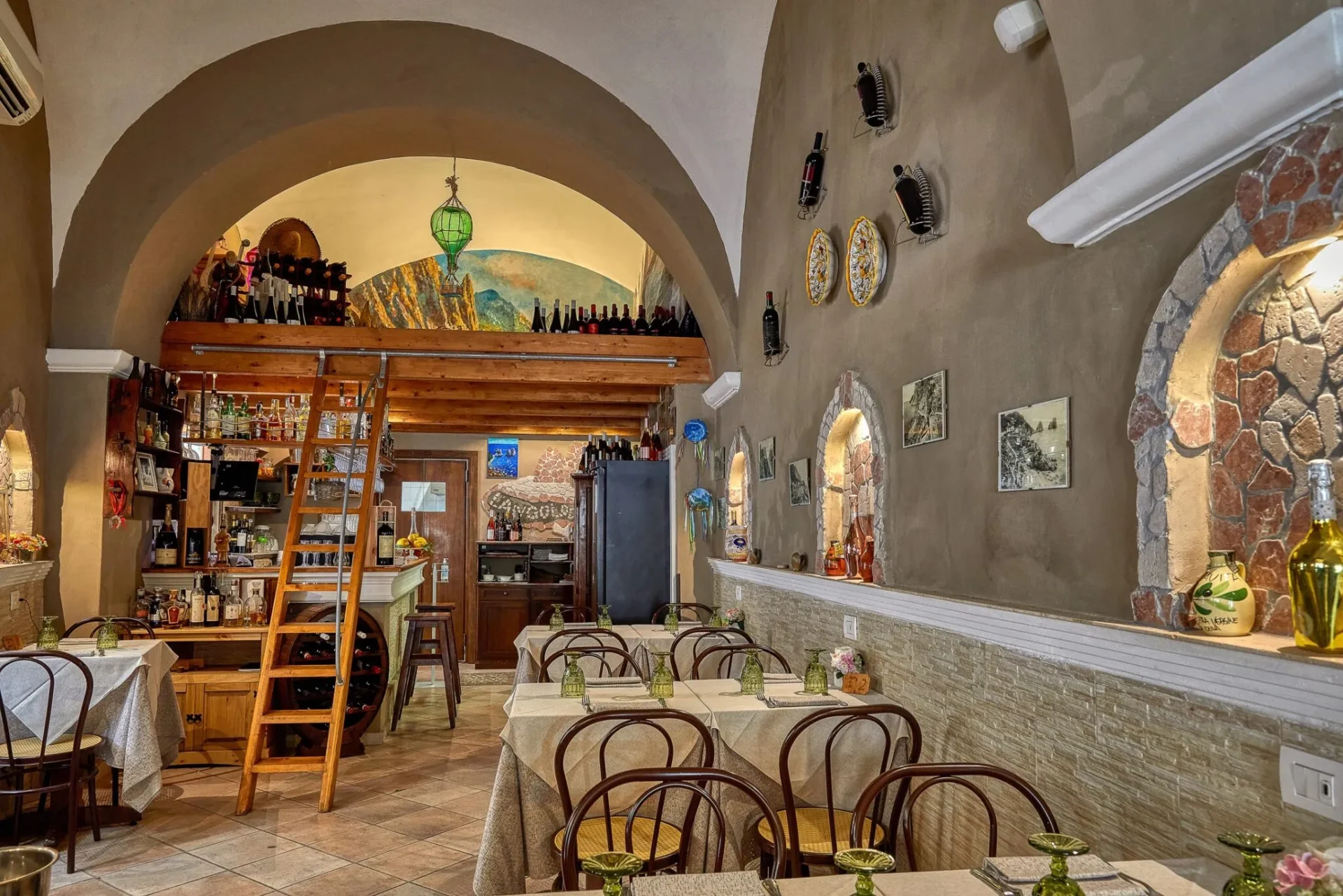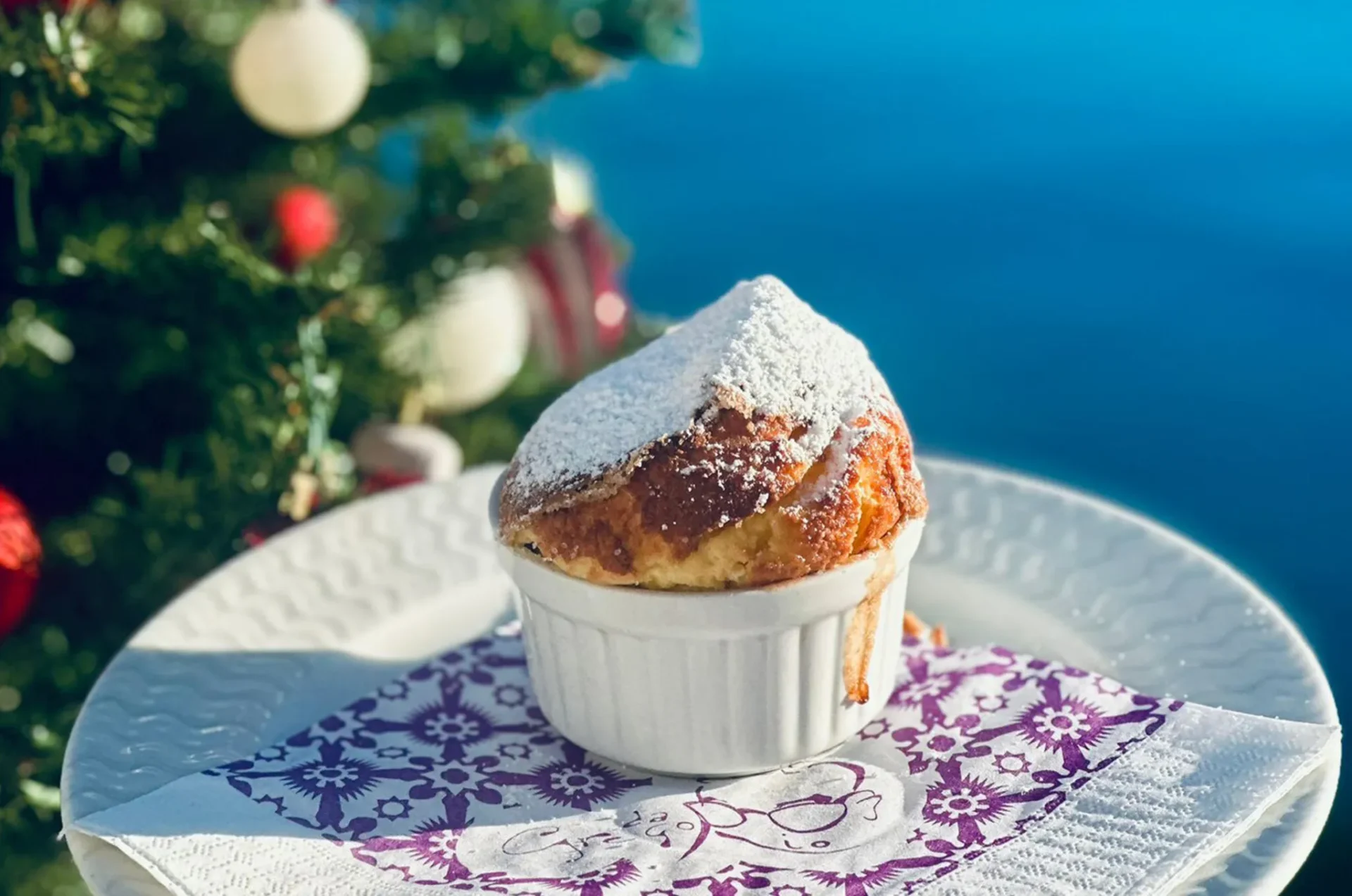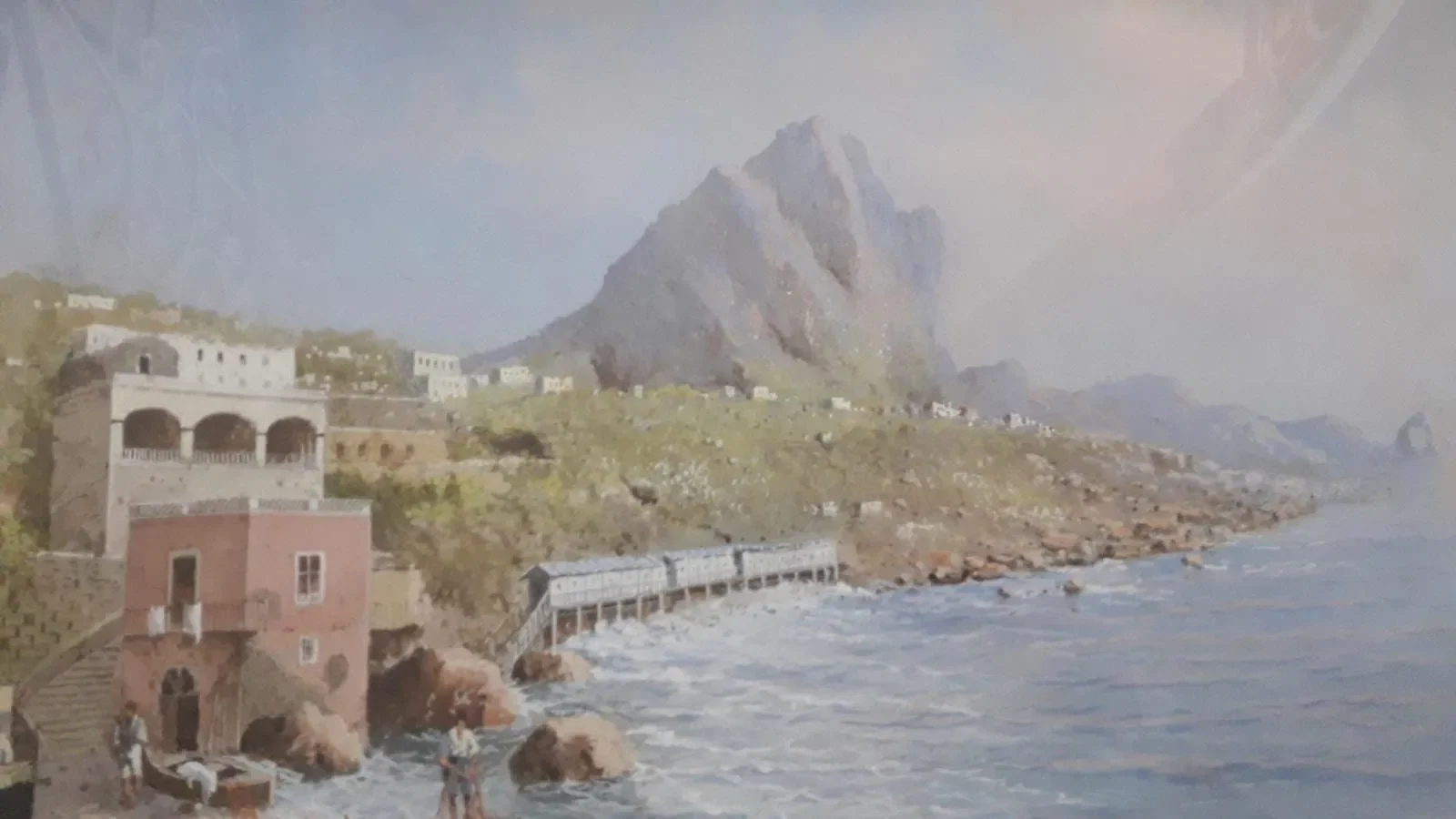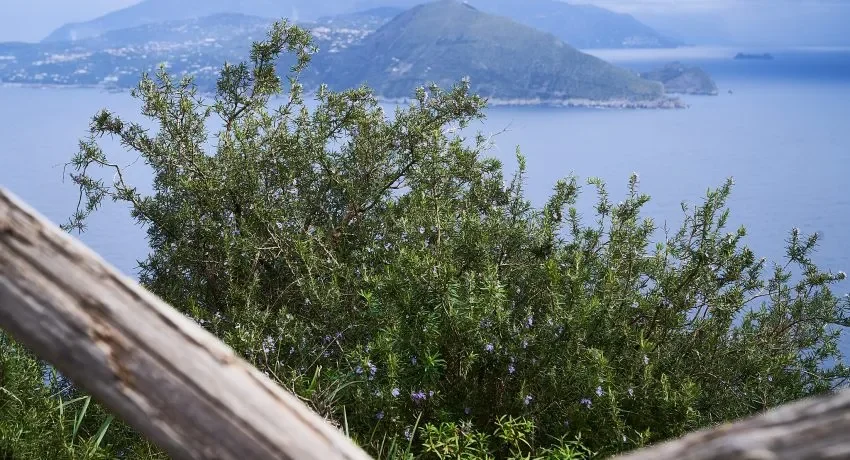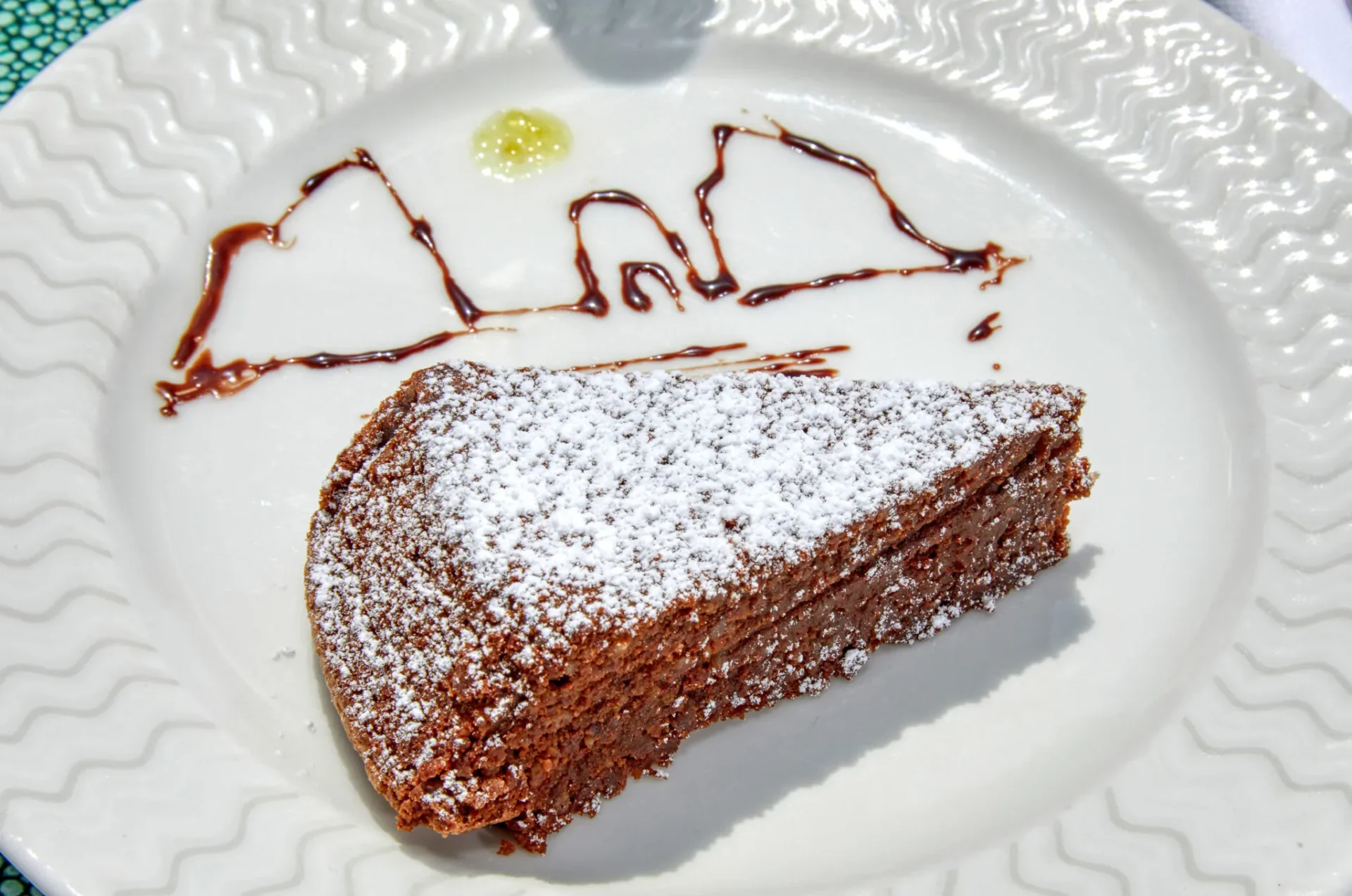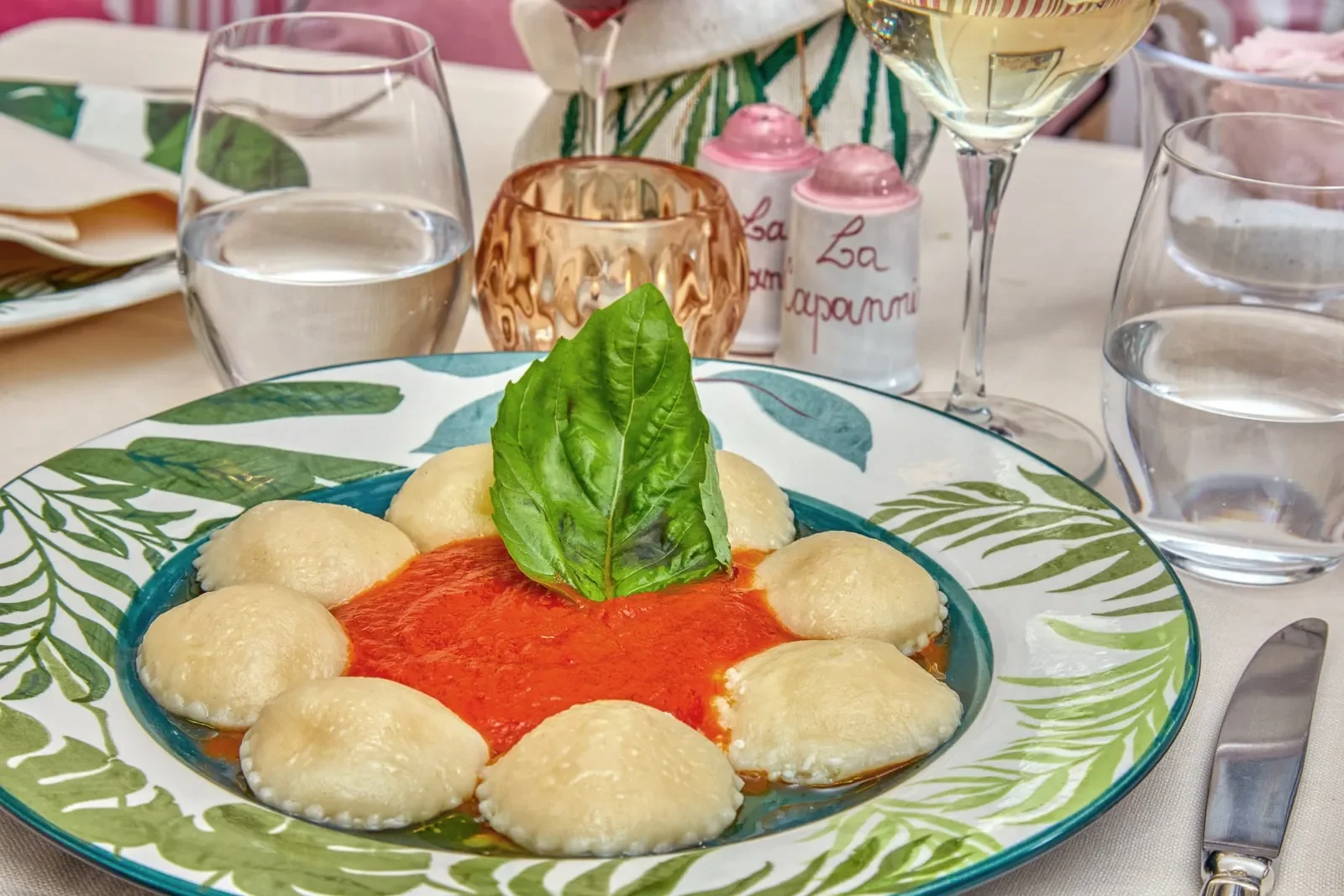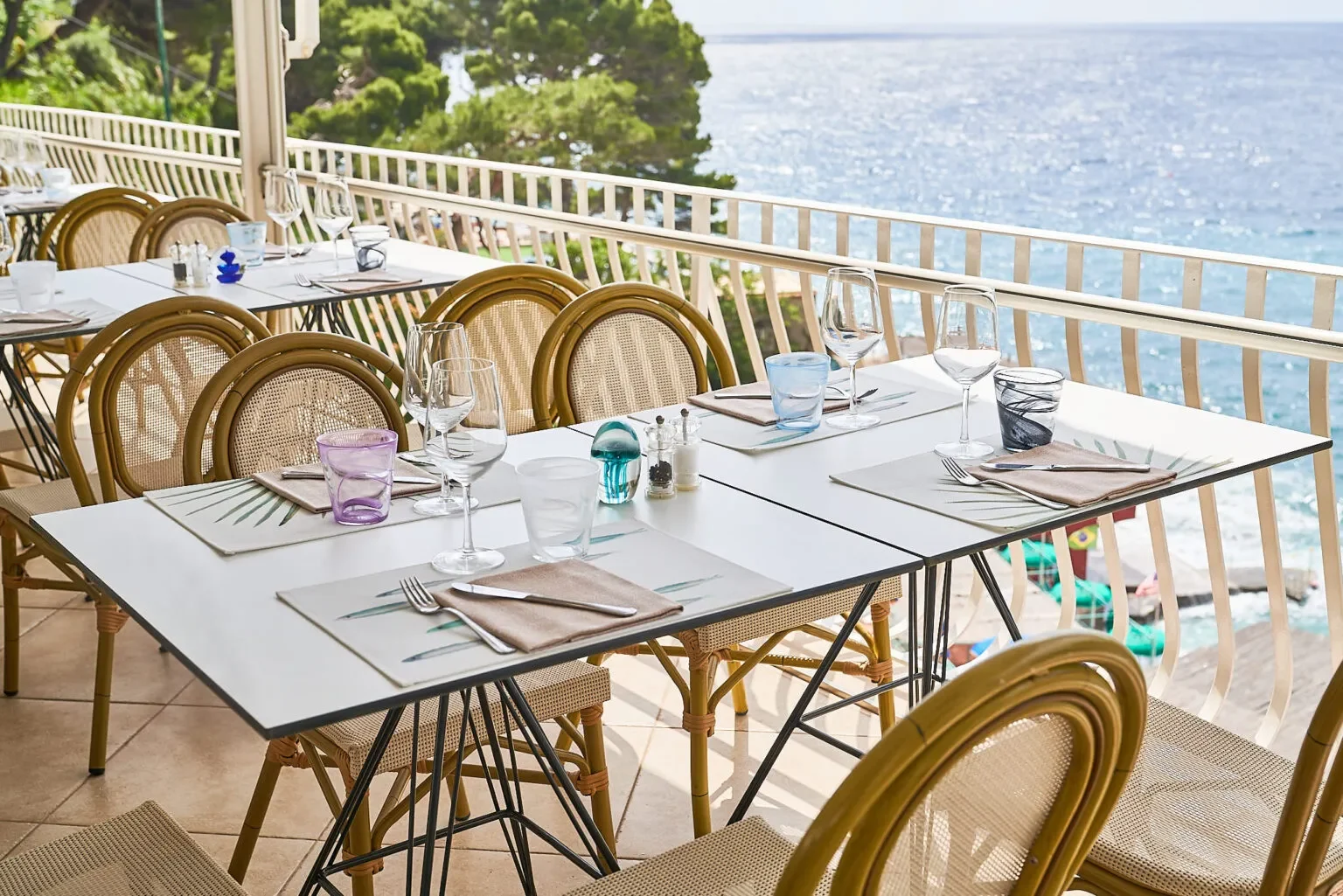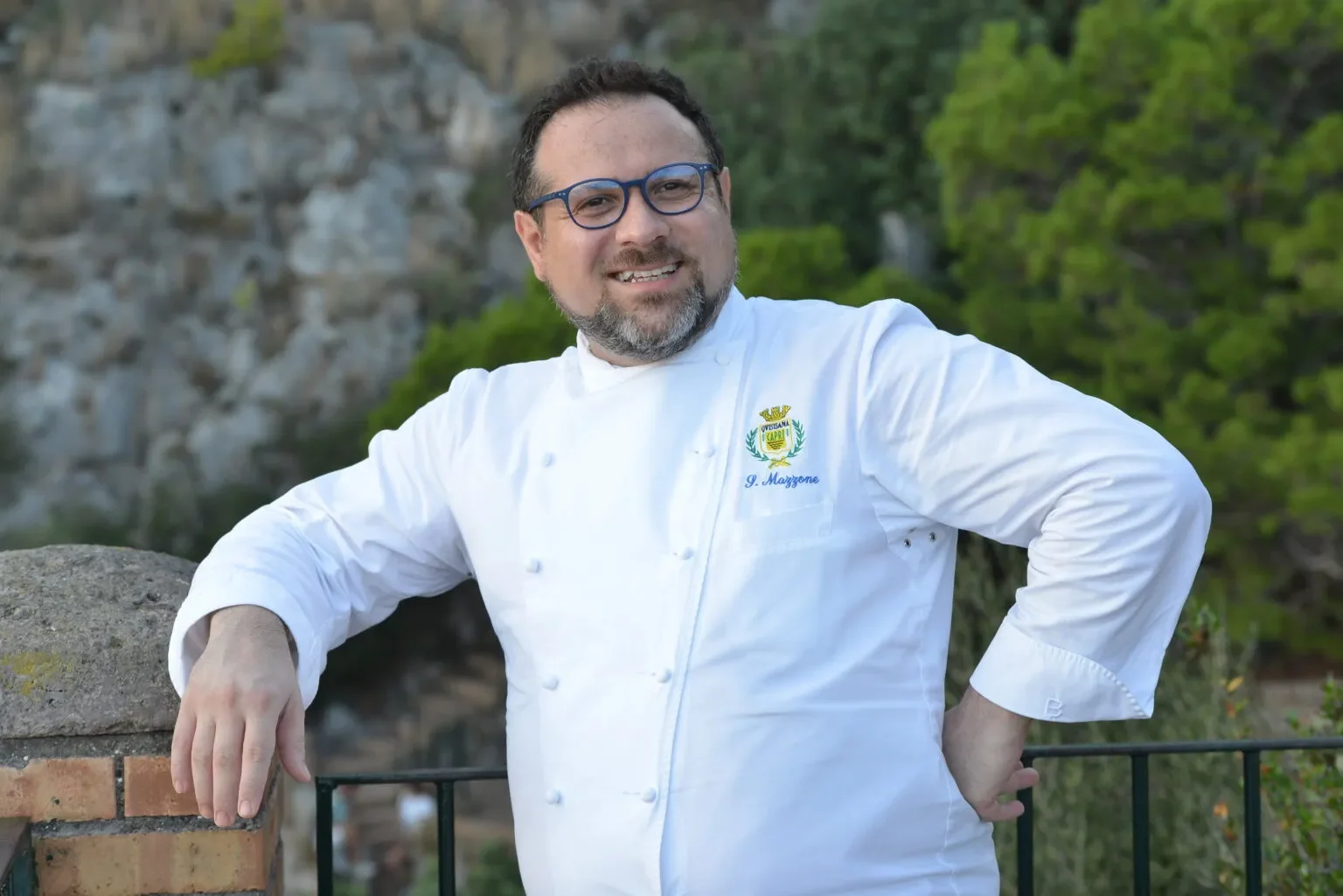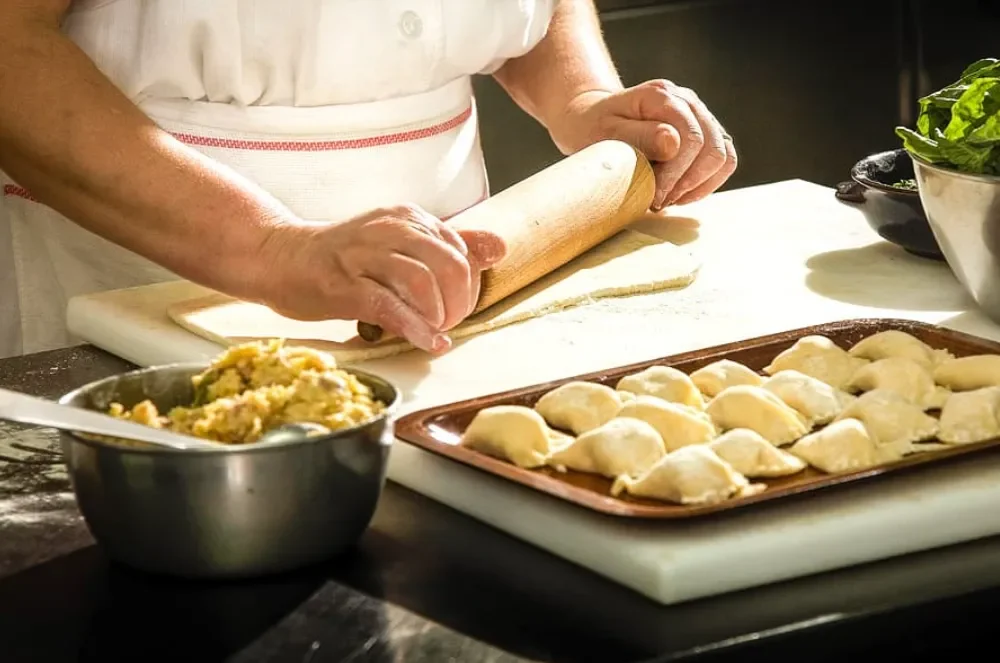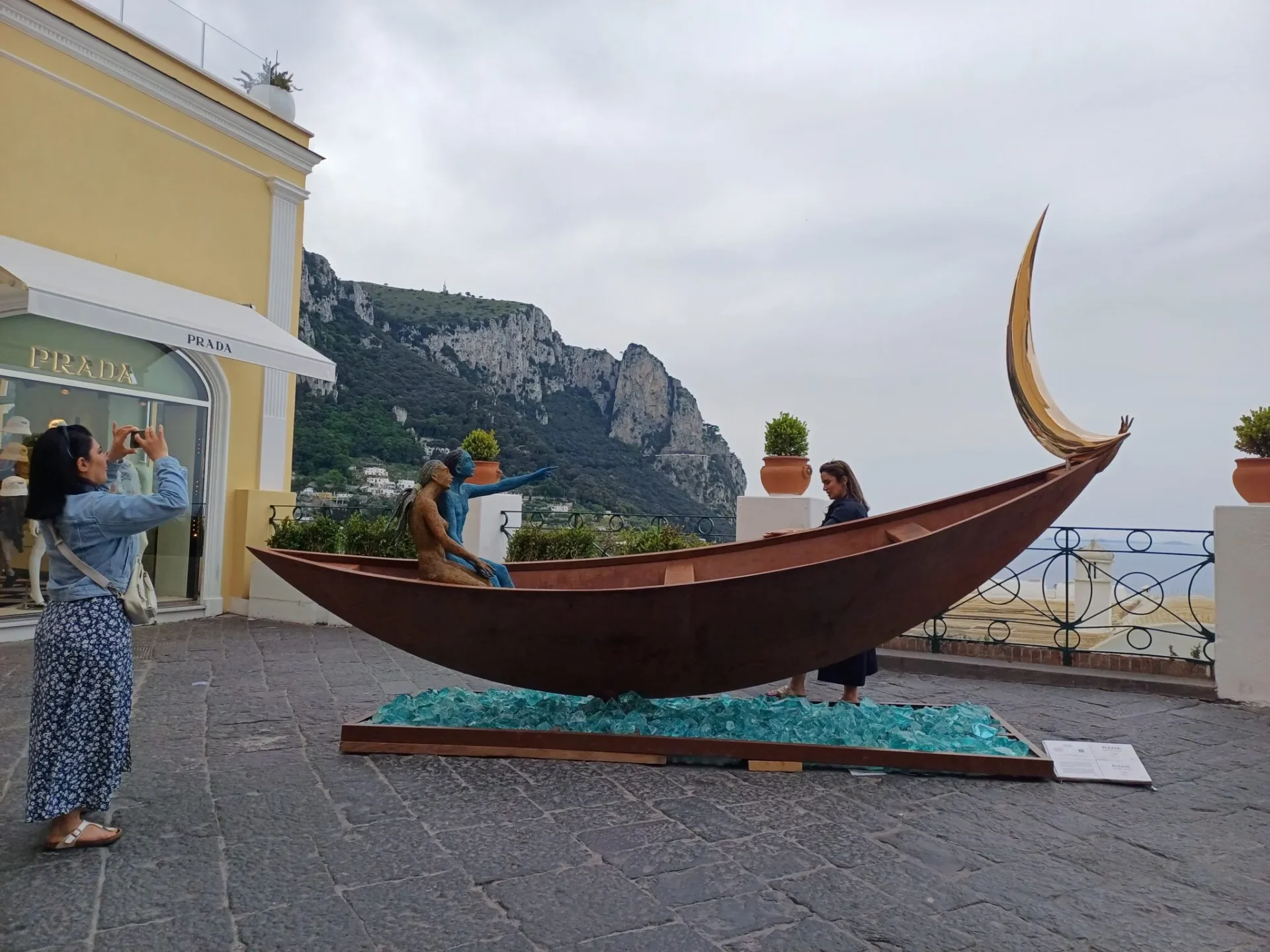February, the last month of winter, a time when the island, still dormant, envelops its inhabitants and its few visitors with the charm of bygone times.
It is the perfect month to be transported to the Capri of the past, thanks to the flavors and aromas of its ancient cuisine. A humble cuisine, where people had to improvise and use their ingenuity to bring a hot, comforting dish to the table. When the biting wind and the stormy sea prevented any connection with the mainland, and with it, the supply of raw materials other than those available on the island itself. An island that has hosted the whole world but also had to learn to deal with isolation and the lack of resources.
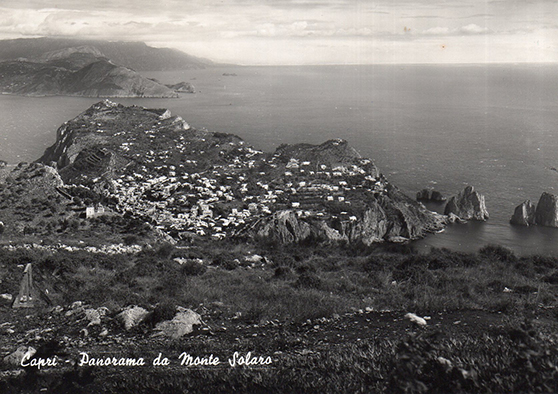
Minestra Maritata: symbolic dish of ancient Capri cuisine in winter
One iconic dish representing this art of improvisation in the kitchen is Minestra Maritata. Its preparation combines garden produce and wild herbs: bitter, nutritious, and resilient, able to grow without much care on the limestone rocks of Capri. Broccoli (torzelle), chard, cardoons, borage, escarole, cabbage, and chicory. The strict island tradition requires there to be at least seven different types of herbs, picked from strategic points on the island. Some along the Pizzolungo path, others on Mount Solaro, and still others for the Migliara and the road to the Lighthouse. Of course, beyond tradition, each household would use whatever was available at the time.
The Origins of the Dish: From Spain to Capri.
Minestra Maritata didn’t originate on the island; it was brought to the Mediterranean coastal regions by Spanish sailors at the end of the 1500s. However, it found such fertile ground in Capri that it can now be considered a truly ancient local dish. The Olla Potrida, as it was called in its original language, spread to places where the inhabitants had to deal with food scarcity. As Claudio Novelli writes in his Giallaranci mitili impazziti di luce (a collection of recipes and literary testimonies about Capri cuisine), it once took about eight hours to reach Capri, provided the weather conditions were favorable. On the island, mountainous and rocky, barren and lacking freshwater springs, every resource had to be used carefully and sparingly.
From an Idea of Recycling to a Festive Dish.
Nothing went to waste on Capri, especially the rare animals that were slaughtered. The less noble parts of the animals would end up enriching, along with precious olive oil and some cheese rind, all the vegetables that could be found. In the pot in the center of the hearth, all the gathered herbs would come together, as would the women who warmed themselves by preparing the soup, and they would be joined by the “piece of meat.” Not a noble cut, but rather bones, tongue, or whatever could be brought home. And so the “marriage” was celebrated with a long, simmering cook. Those bones, orphaned of the more prized cuts sold to the wealthy, gave the soup the smell and delicious aroma of meat. And throughout the house, there lingered the idea, as well as the very smell, of a special dish, to be enjoyed together in a moment of familial joy.
LITERARY TESTIMONY
Capri, March 19, 1930
Dear, sweet, beloved Konstantiskaja Orsolinska, three days ago I entered the ground floor bathroom of Villa Pierina not only with a heart shattered and torn by the news of the cold reception my Cimice received from the Moscow audience, and the criticism that had tried in every way to crush it underfoot, but most of all with excruciating pain caused by the soup with which you welcomed me back from the trip to Monte Solaro. What a miserable fate it is for man when body and soul suffer together. Trapped between the bathtub and the sink, my desperate solitude reflected in the mirror, the torzelle and the cabbages played hide and seek with my most passionate feelings, the turnip tops and broccoli mocked my murmuring distress over the sudden and hasty departure from you. From you, whom I was forced to flee from, and from your light hands, which with a heavy gesture had infused lard and rinds, sausages and pork cheeks, in an intoxicating scent of garlic and chili pepper. I still had the effluents of this druidic, loving potion in my nostrils, which had spread throughout your boudoir, impregnating tulle, lace, and sheets with its long simmer. Thus, suffering and groaning, unable to leave because in the excitement of the moment I had forgotten my gray flannel trousers at your place, on a long silk-cellulose ribbon, between one crisis and another, re-tasting the clever rinds of Parmesan and Provolone, losing track of time, despairing of the future, I composed, for the sake of deceiving my tormented self, my last effort, and out of a sense of due fairness to you and historical truth, I titled it “The Bath.” All that remains is for me to thank you, as always, but please, sweet kitten, next time let’s go out to dinner. Depero told me that at the Locanda delle Grottelle they eat very well and especially “leggio, lieggio,” as they say here.
Your faithful little puppy, Vladimir.
Letter from Vladimir Mayakovsky taken from Giallaranci mitili impazziti di luce by Claudio Novelli, La Conchiglia Editions.
Article by Mariapia Ricci
Photos by Mariapia Ricci and Alfonso Catuogno

